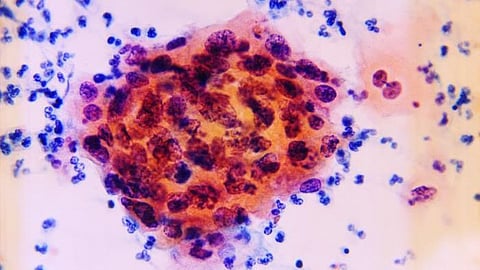Healthy Inflammation: First Activate, Then Shut Down
In particular, the current study shows that Schwann cells can influence certain immune cells, so-called T cells, which play an important role in the defense against cancer. Schwann cells - both those in nerve regeneration and those in benign tumors - carry MHC-I and MHC-II molecules on their surface that are important for T-cell regulation. Via these molecules, Schwann cells present recognition features of material they have previously taken up from their environment.
We mimicked an inflammatory response in the laboratory and detected a whole range of additional stimulatory and inhibitory surface molecules that are also necessary for T cell activation," explains Jakob Berner, MSc, co-first author of the study and interim PhD student in Kaan Boztug's group at St. Anna CCRI. "Our experiments show that Schwann cells are able to take up large amounts of material via phagocytosis."
As the first immune response to a nerve cut, Schwann cells secrete substances that attract T cells, macrophages and other immune cells. Now it turned out that not only a reaction between the classical immune cells takes place, but also between Schwann cells and T cells.


